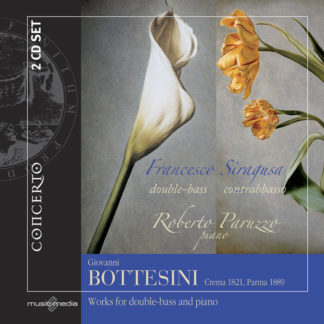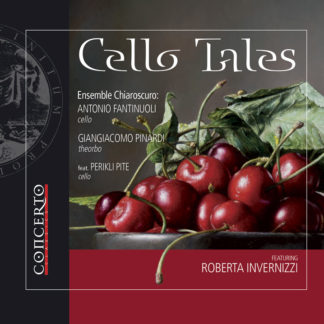1. Soledad
2. No Me Toques
3. Un Requerdo
4. La Celosa
5. Almendares
6. El Velorio
7. La Glorieta
8. La Encantadora
9. Mensaje
10. Duchas Frías
11. Zigs-Zags
12. Amistad
13. No Bailes Más!
14. Crí-Crí
15. Improvisada
16. Picotazos
17. Decisión
18. Pst!
19. Tiene Que Ser
20. Adiós a Cuba
21. Vuelta Al Hogar
22. Ilusiones Perdidas
23. Los Tres Golpes
24. Siempre Sì
25. Se Fué y No Vuelve Más
26. Homenaje
27. Gran Señora
28. Amén!
29. No Llores Màs
30. Por Qué, Eh?
31. Interrumpida
32. Invitación
33. Lejos de Tì!
34. Te Quiero Tánto!
35. La Carcajada
36. Cortesana
37. Intima
38. La Camagüeyana *
39. Los Delirios De Rosita *
40. Los Muñecos *
41. Fusión De Almas
* con Tatiana Larionova
Ignacio Cervantes was a central figure in Cuban music in the last third of the 19th century. He was a prominent pianist, conductor, and pedagogue of important musicians. He studied in Havana with Nicolás Ruiz Espadero and Louis Moreau Gottschalk and then with the great masters Antoine François Marmontel and Charles Alkan of the Imperial Conservatory of Pargi, where he won an Extraordinary First Prize in Piano and two others in comparable categories, in Harmony and Counterpoint and Fugue. He personally met Rossini, Liszt, Gounod and Paderewski. As a concert pianist he performed the Romantic repertoire and his own works, performing in the most famous theaters in France, Spain, the United States, Mexico and Cuba. He was part of the historic duets with violinists José White and Rafael Díaz Albertini, and accompanied the celebrated singers Cristina Nilsson and Adelina Patti. He was forced into political exile from Cuba because of his participation in the struggle for independence. He composed symphonic music, chamber music, an opera, a zarzuela, pieces for voice and piano, as well as notable piano works, among which Cuban dances excel. The two aspects of American Romanticism are imprinted with great balance in Cervantes’ work: on the one hand the continuity of European aesthetics, and on the other Creole nationalism.





